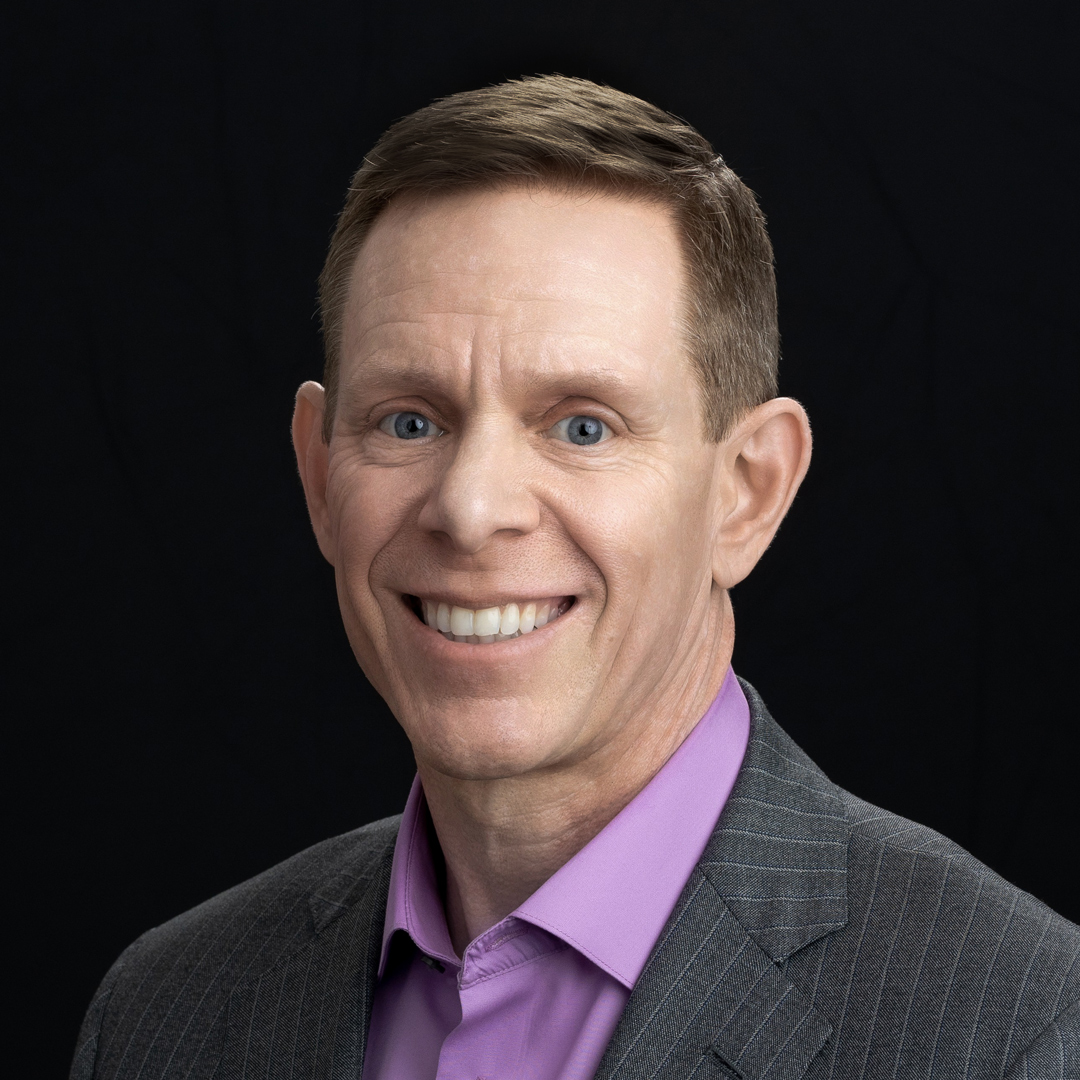|
Getting your Trinity Audio player ready...
|
Bradley Haws had a few different offers to consider when he completed graduate school in the early ’90s. He ultimately went with a Utah-based company called Intermountain Healthcare, not because health care had been his intended field, but because he was impressed by his interviewer (his future supervisor) and by the role itself. That move launched a successful and fulfilling career in the healthcare industry.

Today, he brings his talents to University of Iowa Health Care, which he joined in August 2018 as its associate vice president of finance and CFO after fifteen years at the University of Virginia Health System. The Colorado native soon realized he’d joined a very special place.
“The organization is great,” he says. “It has a great reputation. When I talked to people as I was interviewing, they all said, ‘You’re going to a wonderful place that’s full of collaboration and people who are working hard and trying to get things done.’”
Haws was also glad to continue living and working in a university town, especially one such as Iowa City, which consistently ranks as one of the best college towns in the US. He even gets into the teaching game. While at UVA, for example, he taught a finance class to fourth-year medical students. At Iowa, he teaches in the Master of Health Administration program.
“I love the energy of a university,” he says. “Just being around students, there’s just so much energy and a lot going on all the time—whether that’s in the arts, athletics, or just creative people who are coming to campus and giving lectures about different things. I’ve always been attracted to college towns just from that perspective.”
“One of the things we’re focusing on—and we actually are really aggressively moving through a planning phase and then a financing stage—is to add to our physical capacity.”
For Haws, being part of a medical academic institution means playing a large role in both its research strategy and the expansion of its medical presence.
“One of the things we’re focusing on—and we actually are really aggressively moving through a planning phase and then a financing stage—is to add to our physical capacity,” he says. “It’s exciting to envision how you want to do that.”
He notes that building a hospital can cost millions of dollars per bed and take as long as three to four years to complete. Indeed, time is of the essence, especially at UI Health Care, which had a bed shortage even prior to the throes of COVID-19 and where the adult medicine side often runs above 100 percent capacity, according to Haws.
“What that means in some ways to us is that we’re providing an essential service to the state, because if you look at where our patients come from, it’s not just our surrounding seven counties,” he says. “They’re coming from all over.”
Haws has already accomplished quite a bit at UI Health Care since he joined. For one, he was part of an effort in which UI Health Care partnered with Encompass Health to create an inpatient rehab facility as a way to add capacity for patients who no longer needed the services of an acute care hospital but still needed supervised care. The facility began admitting patients in June 2020. On the university side, Haws was part of a group that did a public-private partnership that took advantage of the University of Iowa’s electricity-producing capabilities.
“We entered into a deal with a couple of French firms to franchise that energy-making capability for the next fifty years in exchange for an upfront payment that we could then invest, put in kind of an endowment, and use that to finance some of the strategic plans of the university,” he says. “At the end of the day, that upfront payment from that deal exceeded $1 billion.”
“When you go home at the end of the day and you’ve helped develop something or finance something or created an opportunity, it’s usually around something that’s curing patients.”
Haws also led the effort to reorganize the funds flow between the hospital, the school, and the physician group. He notes there is “always a complex set of financial arrangements” among the three entities and that just about every academic medical center in the country has a challenge around funds flow.
“The funds flow system here had been based on a lot of history, a lot of one-off negotiations, and was not really aligned with our strategy and our goals,” he says. “One of the things I actually did in the last year was redo that funds flow system so that it’s more transparent and people understand the rules and believe that it is now reinforcing our strategy and hard work and excellent performance. We just implemented that on July 1, 2020. Some people are still getting used to it in that redo, but I think we have a much better system moving forward.”
Haws is thrilled he took the healthcare route all those years ago. He feels privileged to work in an industry where the common goal is the betterment of people’s health.
“When you go home at the end of the day and you’ve helped develop something or finance something or created an opportunity, it’s usually around something that’s curing patients,” he says. “Or we helped develop a new technology or create a service that’s new. Those things just feel good.”















